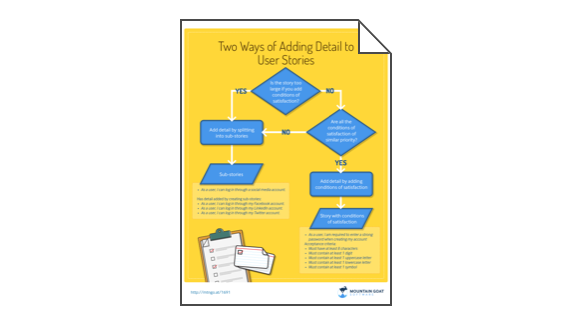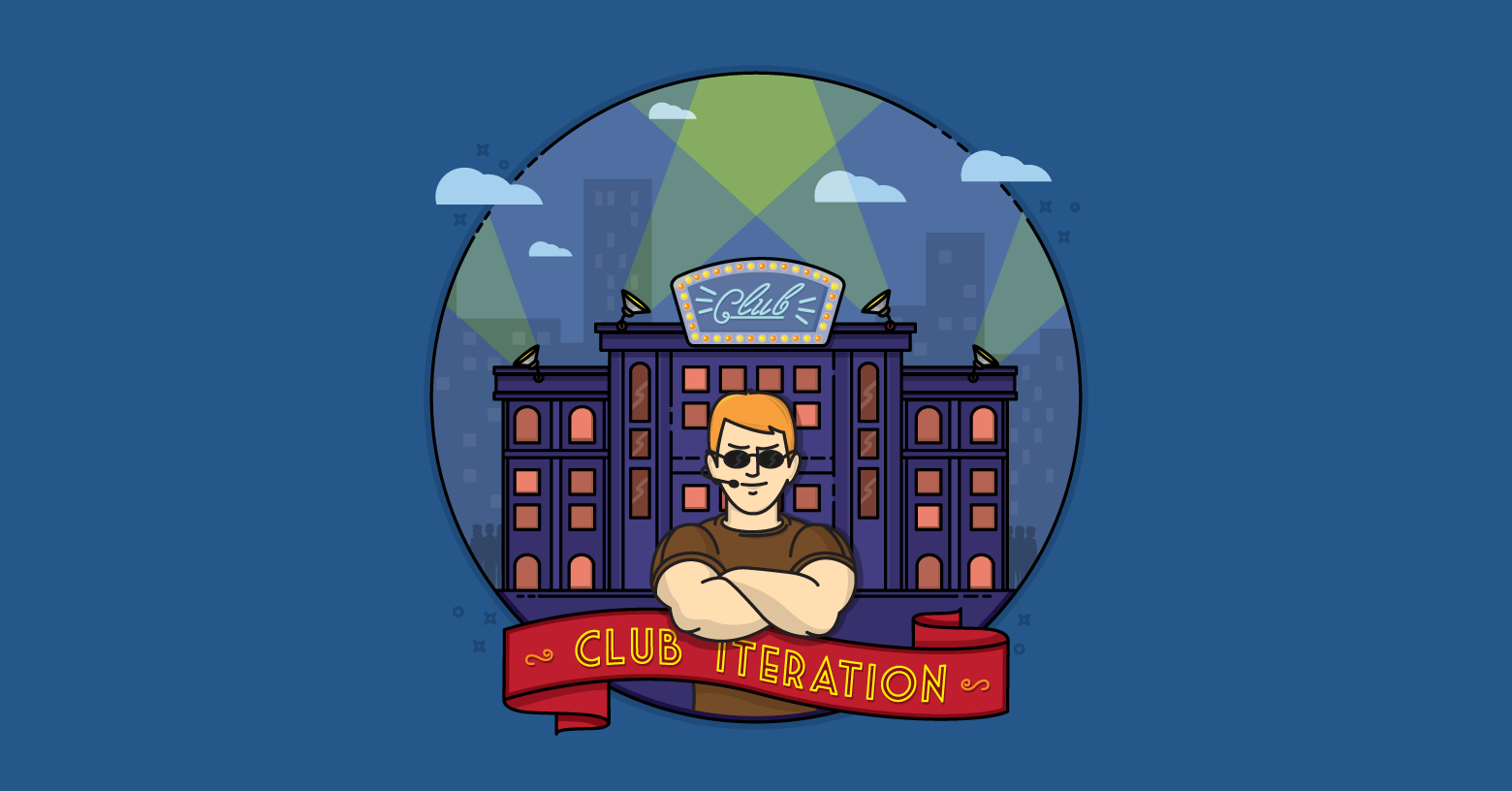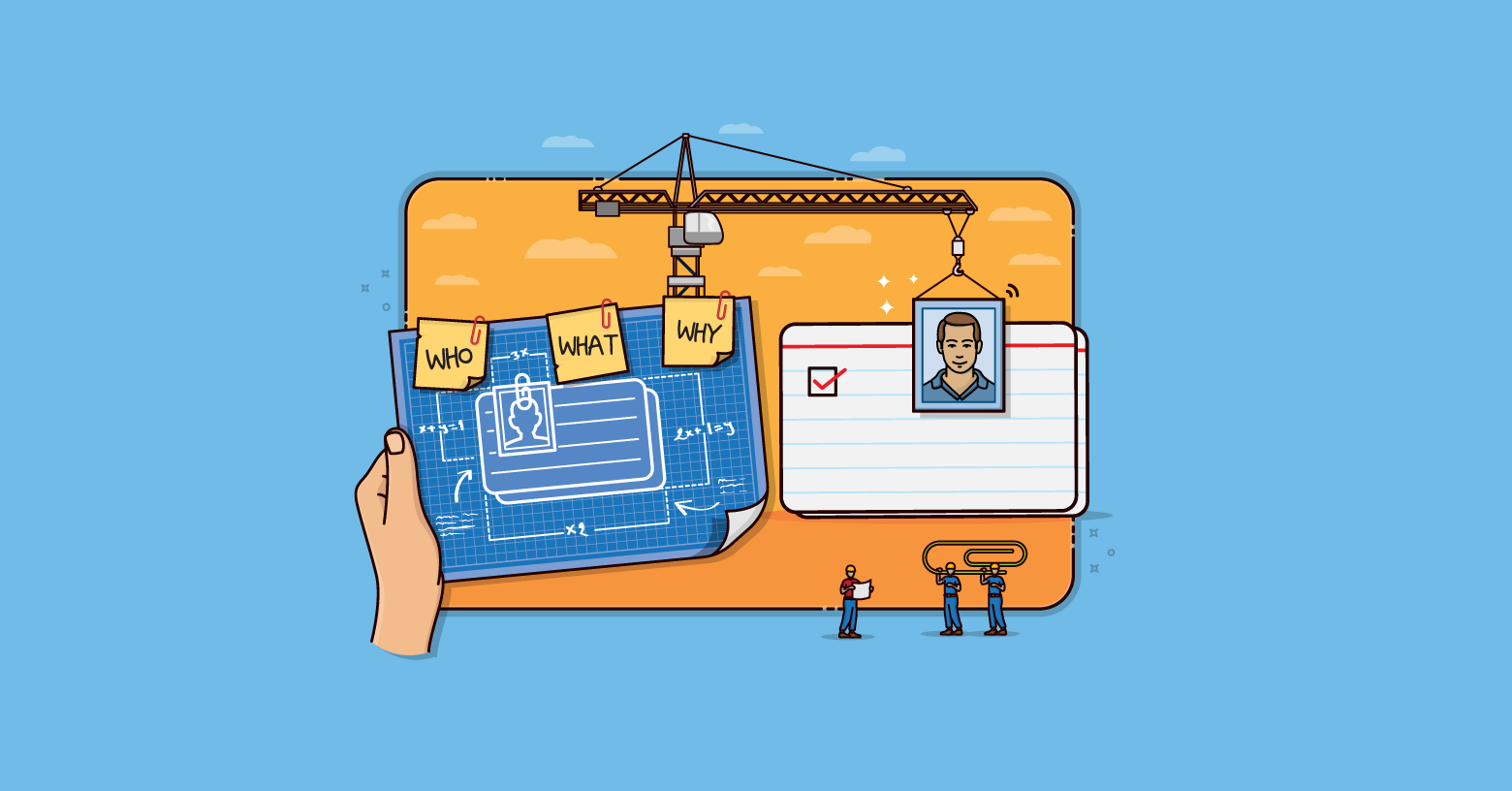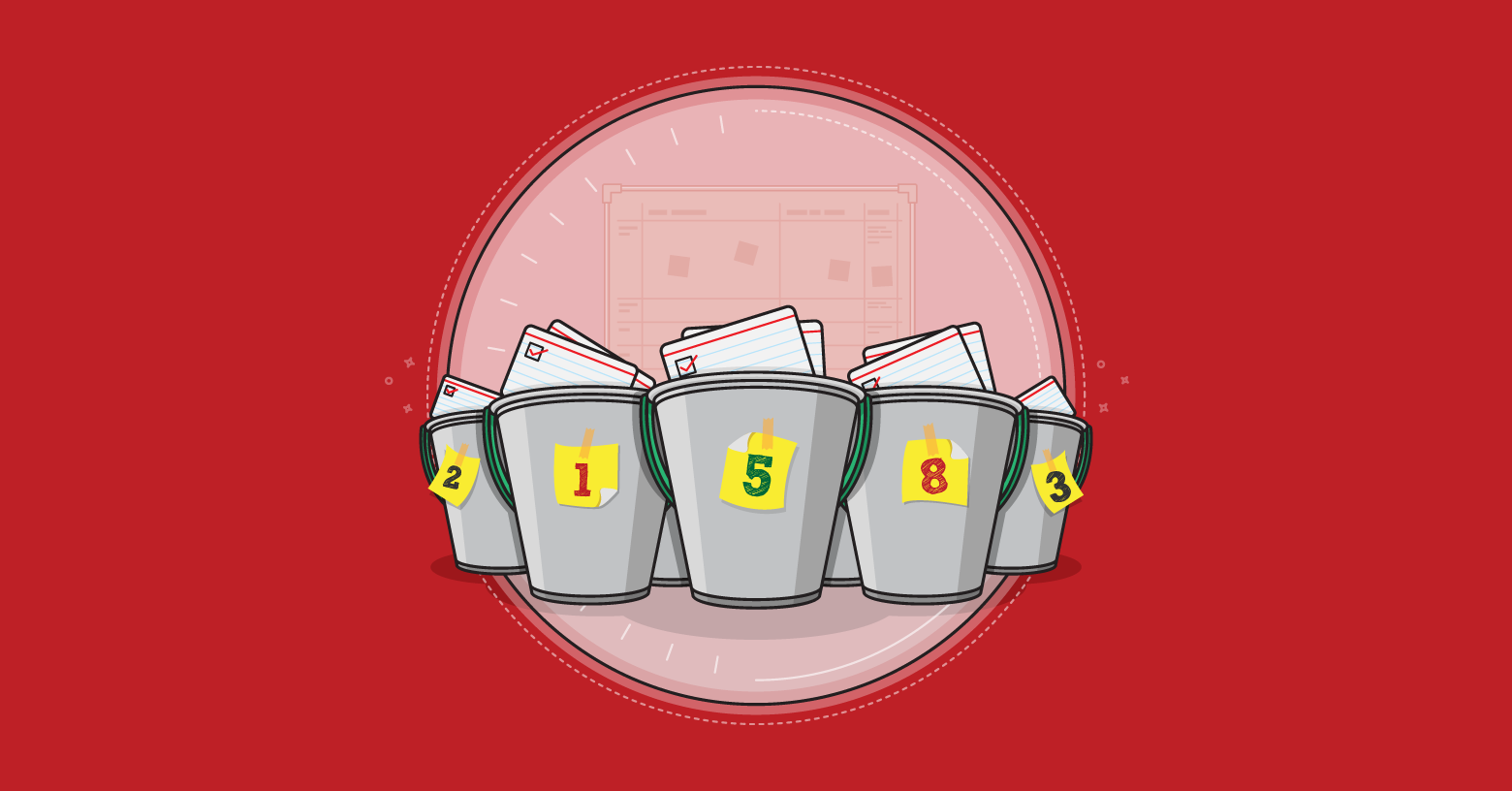
I'm occasionally asked about the merits (and whether there are any) of putting an estimate of zero on user stories. You may have noticed that our decks of Planning Poker cards include a zero card.
So, what's the logic behind a zero-point card?
Remember that story points are used to estimate the effort involved in delivering a product backlog item. A zero-point estimate simply indicates that delivering that item does not require "any" effort. That is usually an exaggeration. The product backlog item will take some effort but usually so little that the team will not want any velocity credit for it.
As an example, I looked in the recently completed items from the www.frontrowagile.com site and found a zero-point user story. The story had to do with a file that is generated each night and then automatically imported into our accounting system. The story involved changing the order of a few columns in the file and changing how dates are formatted. The story took the team about 15 minutes to code and test.
If the team had estimated this as a one, they would have had a higher velocity for doing that trivial amount of work. But in the next sprint, I might have expected them to maintain that velocity, which they might not have been able to do; a one-point story is normally a lot more than 15 minutes of work.
How Can Zero-Point Stories Deliver Value?
Sometimes I'm asked if product backlog items are supposed to deliver value, how can a zero-point product backlog item deliver value?
The value of a product backlog item is independent of the work to deliver the item. Think of the relationship between calories and the size of a food item. There really isn't any.
I remember when one of my daughters was young, she came home from school fascinated by the idea that celery has so few calories in it that we theoretically burn more calories chewing it than are in it. So, I could have a massive bowl of celery and consume very few calories. The same size bowl of ice cream would, unfortunately, have many more calories.
So it is with value, and the effort to deliver a product backlog item. A product backlog item with a zero-point estimate to develop it can still deliver value. Changing the sort order on the report in the example above saved our accountant a lot of manual time.
Zero-point stories are not something I recommend you use a lot of. But, used judiciously, they can still have their place on a product backlog.
Last update: September 25th, 2023








